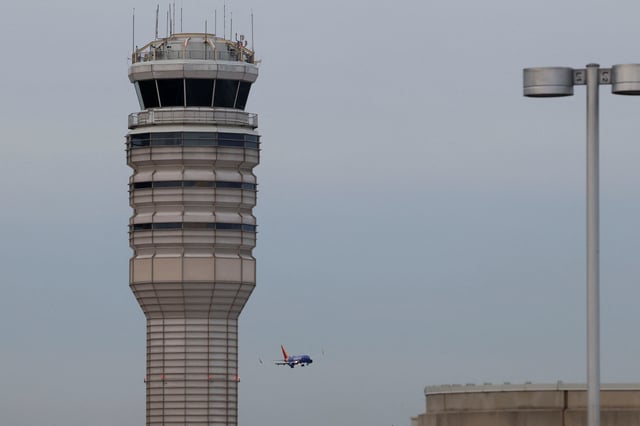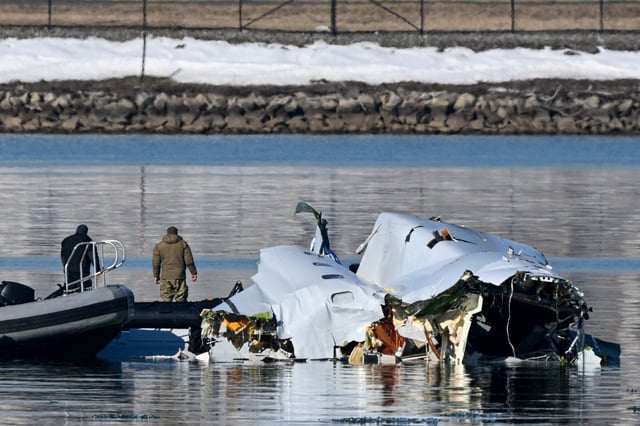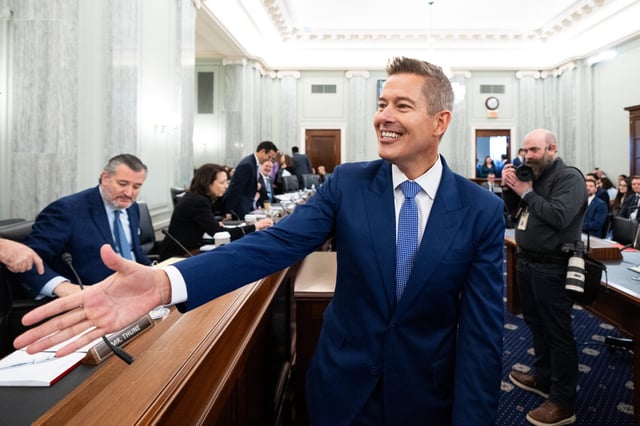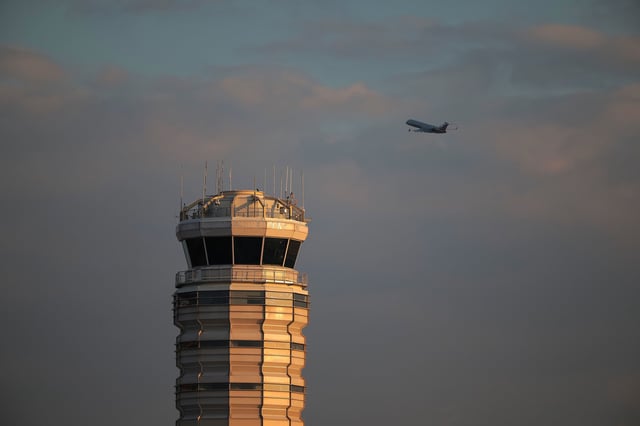Overview
- A House Aviation Subcommittee hearing revealed significant concerns about the state of U.S. aviation safety, citing outdated infrastructure and severe air traffic controller shortages.
- Experts testified that 105 of the FAA's 138 air traffic control systems are unsustainable or potentially unsustainable, with many facilities over 60 years old.
- The January 29 midair collision near Washington, D.C., which killed 67 people, underscored the urgent need for modernization and adequate staffing in the aviation system.
- The FAA has been criticized for its slow hiring process, while recent firings of FAA employees by the Department of Government Efficiency have raised additional safety concerns.
- Industry leaders and unions are calling for increased funding, deployment of modern technology, and reforms to hiring and retirement policies to address systemic issues.



